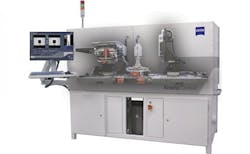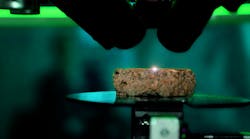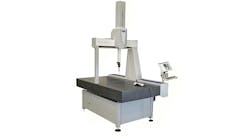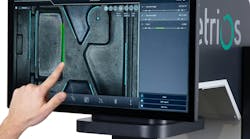Xradia Context microCT Non-Destructive Tomography System
Xradia Context microCT is a large field-of-view, non-destructive 3D X-ray microcomputed tomography system. Xradia Context is built on time-tested Xradia technology, reaping crossover benefits of years of platform advancements and providing investment assurance as the system is uniquely capable of field-conversion to a Xradia Versa 3D X-ray microscope (XRM), the instrument that set the bar in high-performance X-ray imaging in the laboratory.
Xradia Context is a tomographic imaging solution for a variety of 3D characterization and inspection needs, from research applications in materials and life sciences to industrial use in product development or natural resource exploration. Users easily adjust the system to image large intact samples to reveal interior details in their full 3D context, or small samples to maximize geometric magnification and resolve fine features with high resolution and high contrast. Xradia Context offers superb image quality, stability, and usability, along with an efficient workflow environment and high throughput scanning.
With a robust stage and flexible software-controlled source/detector positioning, users can image large, heavy, and tall samples using the new platform in their full 3D context. A high pixel density detector enables the resolution of fine detail even within relatively large imaging volumes, as well as submicron spatial resolution for small samples. Rapid sample mounting and alignment, a streamlined acquisition workflow, fast exposure, and data reconstruction times, and an optional autoloader make Xradia Context a high throughput imaging instrument to meet a wide range of 3D imaging and characterization needs.
- Obtain 3D data on entire intact electronic components, large raw materials samples, or biological specimens.
- Perform non-destructive failure analysis to identify internal defects without cutting your sample or workpiece.
- Characterize and quantify performance-defining heterogeneities in your materials, like porosity, cracks, inclusions, defects, or multiple phases.
- Perform 4D evolutionary studies, through ex situ treatment or in situsample manipulation.
- Connect to the ZEISS correlative microscopy environment and perform nondestructive 3D imaging to identify regions of interest for subsequent high resolution 2D or 3D electron microscopy imaging.





